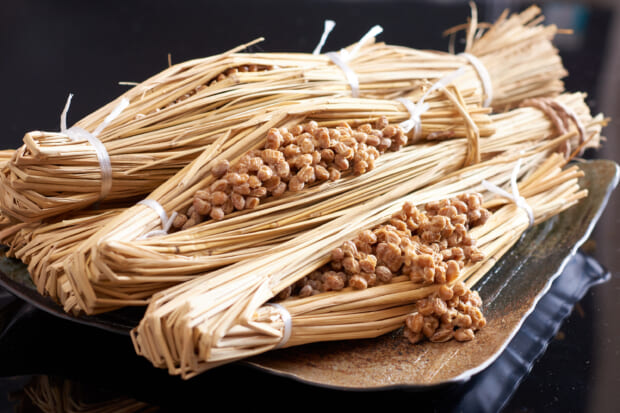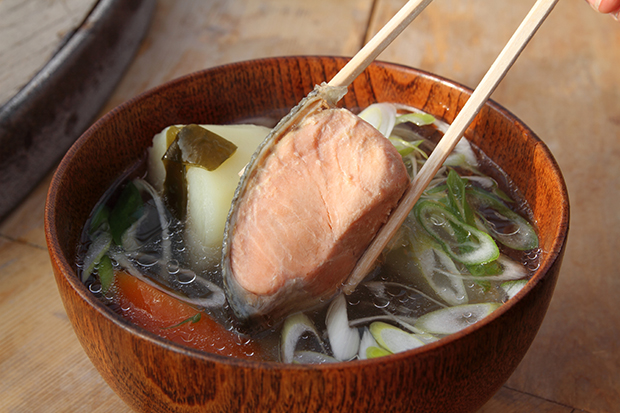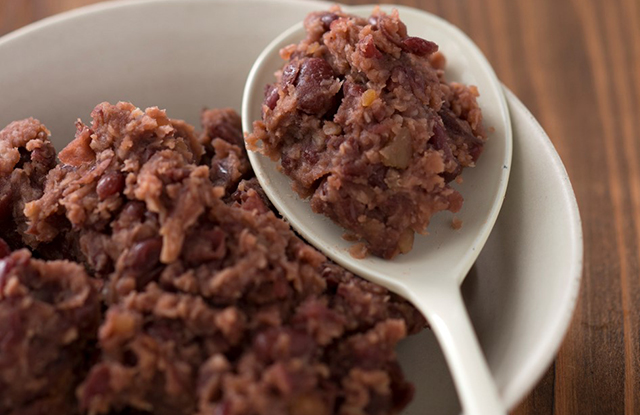-
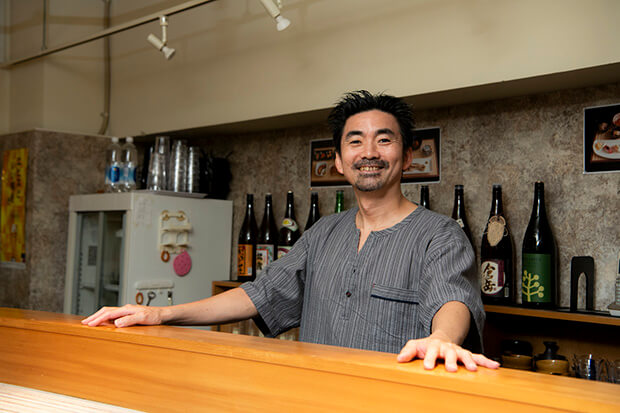
Fermented Foods
Fermented Seasonings
Fermented Beverages
Kintaro: Crafting Fermentation Through Culinary Encounters
Feb 13,2025
Japanese Sake
-
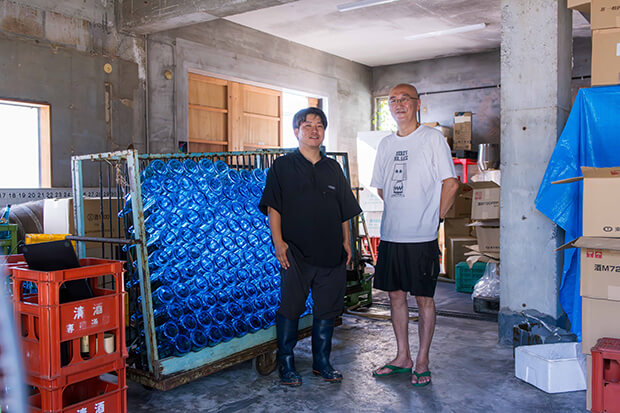
Japanese & Fermented Culture
Fermented Beverages
Niijima Distillery: 100 Years of Island Liquor
Oct 17,2024
Japanese Sake
-
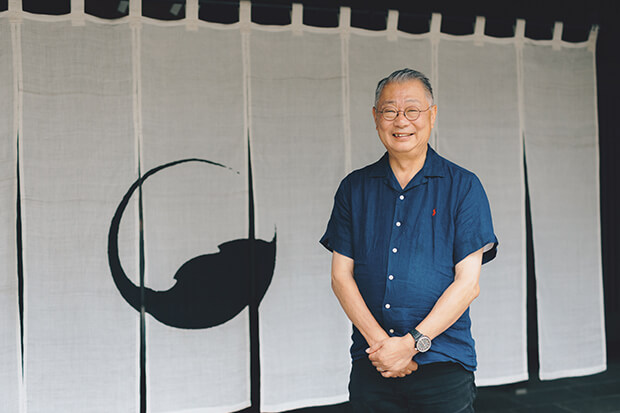
Japanese & Fermented Culture
Fermented Beverages
Miyasaka Brewing: Evolving Sake Brewery in Suwa, Nagano
Sep 26,2024
Japanese Sake
-
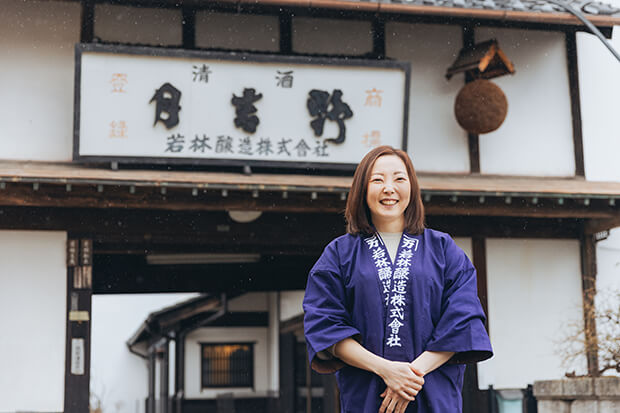
Japanese & Fermented Culture
Fermented Beverages
Reviving Tradition: Female Brewmaster, a Toji, Wakabayashi Mami
Jul 25,2024
Japanese Sake
-
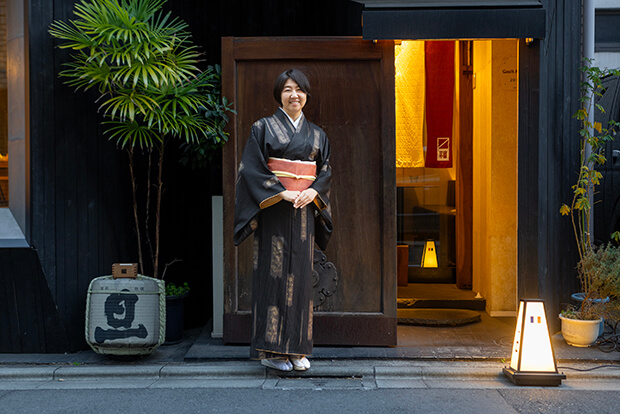
Japanese & Fermented Culture
Fermented Beverages
Fermented Foods
Saké Scene Masufuku Pairs Hot Sake with French Cuisine
May 09,2024
Japanese Sake
-

Fermented Beverages
Fermented Foods
Sasaiichi Brewery's Sake Lees: Amazake & Ice Cream Delights
Feb 15,2024
Amazake & Sweet Sake
Japanese Sake
-
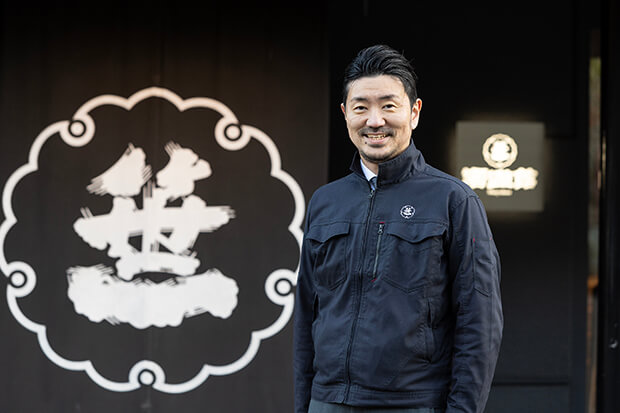
Japanese & Fermented Culture
Fermented Beverages
Sasaiichi Brewery: Crafting Sake and Wine in Yamanashi
Jan 11,2024
Japanese Sake
-
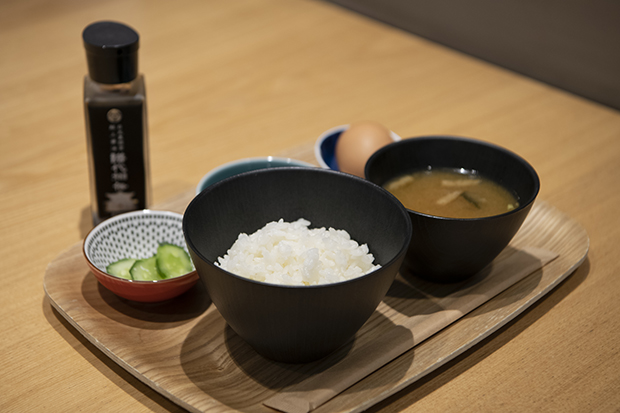
Japanese & Fermented Culture
Fermented Beverages
Fermented Foods
Sake Rice Breakfast at Hasegawa Sake Shop
Jul 13,2023
Japanese Sake
-
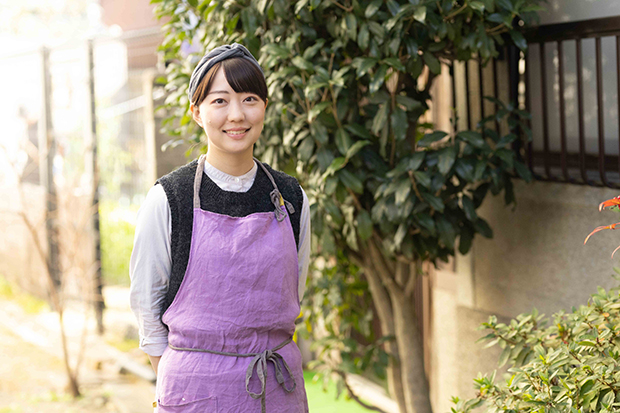
Japanese & Fermented Culture
Fermented Beverages
Fermented Foods
From Japanese Sake to Fermented Foods: Mano Haruka’s Journey
Jan 12,2023
Japanese Sake
Japanese Sake
Explore sake, Japan’s rice-fermented alcohol. Learn its traditional methods, types, and flavors. Discover sake’s cultural significance and savor its deep, rich taste.

